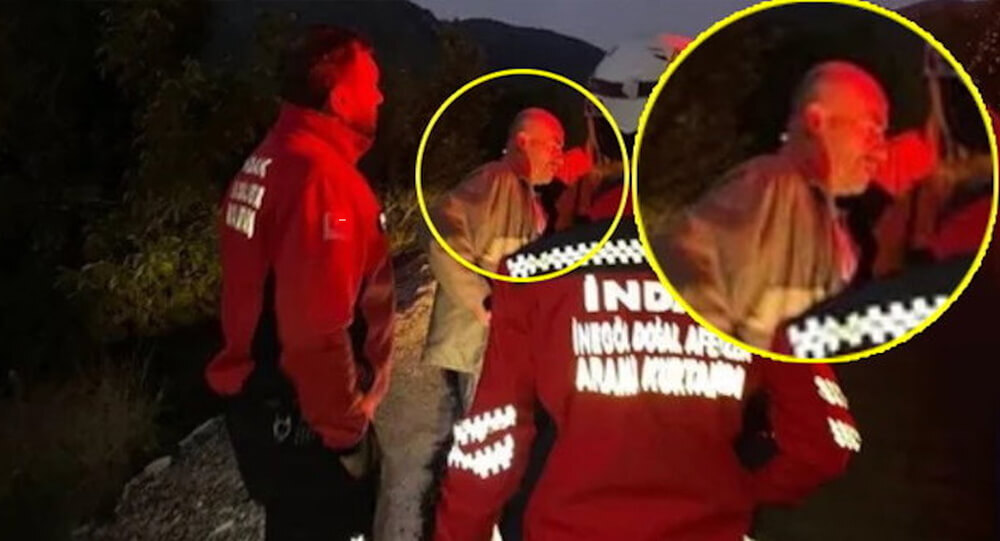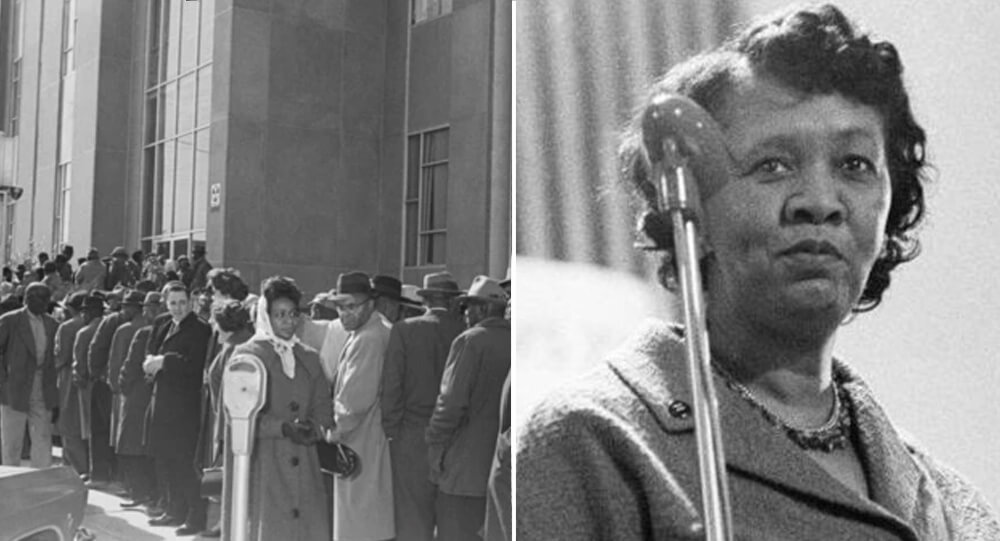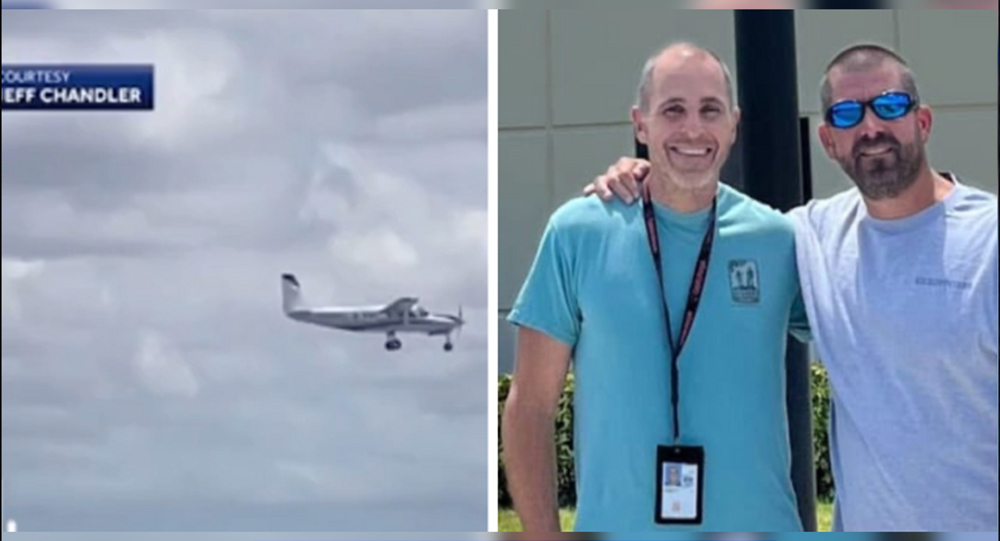
The story of William Rankin fall through a thunderstorm is one of impossible survival against incredible odds
Lieutenant Colonel William Rankin was a World War II and Korean War veteran who flew for the US Marine Corps. But he is best known for being the only person to date to have survived falling into and passing through a cumulonimbus storm cloud before reaching the ground. He survived a literal fall through a storm. Which, as far as leaving a lasting impression, places pretty highly on the awesome scale. This incredible act of survival was chronicled by Rankin in his book The Man Who Rode Thunder. Sadly, the book is no longer in print, and the few, extremely rare copies that are still available usually come with a hefty price tag.
On July 26, 1959, the thunder riding incident took place. From the Naval Air Station in South Weymouth, Massachusetts, to the Marine Corps Air Station in Beaufort, South Carolina, Rankin and his wingman Herbert Nolan were piloting two F-8 Crusaders. Rankin and Nolan had climbed to 47,000 feet (14,326 m) and were cruising at a brisk Mach 0.82 (roughly 624 mph) to keep above some nasty looking storm clouds that peaked somewhere around 45,000 feet (13,716 m). Rankin reported hearing an audible bump and rumble from the engine just before they began to descend. (This is conceivably one of the worst situations in which to begin experiencing alarming engine noises.)
The warning lights started flashing, and the engine abruptly stopped. Nolan received a brief message from Rankin that read, “Power failure. May have to eject.” He then pushed the lever to turn on the aircraft’s auxiliary power. The lever disintegrated in his hands. Rankin considered his options as the unpowered aircraft started to nose down significantly. He was aware of the numerous challenges presented by his extremely high altitude, including the freezing temperatures, severe decompression, and virtually nonexistent oxygen levels. And to make matters worse, Rankin was not donning a pressure suit. After determining that the aircraft could not be recovered, Rankin finally pulled the twin ejection handles at 6:00 PM and ejected into the atmosphere. 47,000 feet up. into air that was -58 °F (-50 °C) at the time. And as if those circumstances weren’t bad enough, Rankin’s left hand’s glove was ripped off during ejection, adding a nice, fresh slice of “insult to injury.” Rankin experienced immediate discomfort as a result of his abdomen painfully swelling as a result of the decompression, and blood oozing from his eyes, nose, ears, and mouth. He was able to breathe thanks to an emergency oxygen supply as he fell through the air.
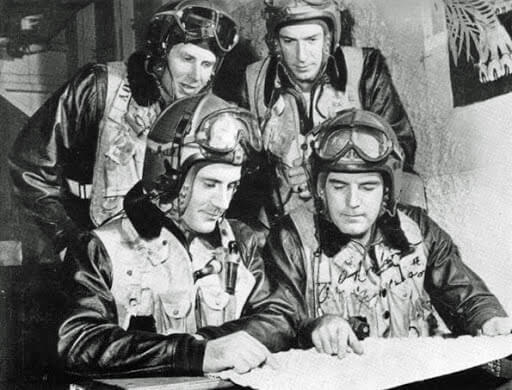
He reached the top of the thunderstorm after about ten seconds. Frostbite was added to Rankin’s growing list of issues by the bitter cold and choppy winds, especially on his bare left hand. The built-in barometer in Rankin’s parachute was programmed to open automatically when it reached an altitude deemed safe for breathing. Although Rankin could manually pull the rip cord to open his parachute, he was aware of the situation enough to restrain himself. He had little oxygen and it was cold; if the parachute opened while he was too high in the air, it might prolong his descent to the point where he experiences hypothermia or asphyxiation and dies. Under normal conditions, Rankin could anticipate taking three to four minutes to ascend to a breathable altitude of 10,000 feet. When that happened, his parachute would open, and he would continue to fall at a slower rate.
You may have noticed, though, that the normal conditions were now being smashed into tiny, tiny pieces by a large and raging thunderstorm.
William Rankin’s visibility was nearly impossible to see as he descended through the storm’s upper reaches. For what seemed like a very long time, Rankin fell. Long enough that he started to be concerned that his parachute’s automatic switch and barometric sensor were broken. Finally, the parachute opened, and he felt an upward tug on his harness. Rankin tugged on the risers to make sure the parachute had properly deployed and inflated even though he couldn’t see it above him.
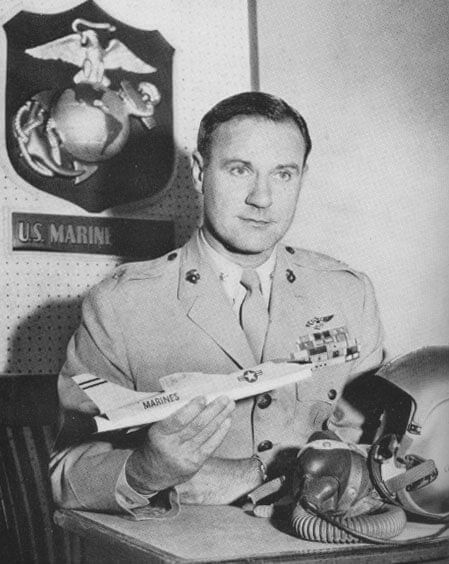
Sadly, Rankin wasn’t even close to 10,000 feet. The chaotic storm conditions had prematurely activated the barometric sensor and automatic switch, and strong updrafts within the thunderstorm had significantly slowed his descent. Rankin was even more vulnerable to the updrafts because the parachute had been deployed by this point. Before falling again, he was caught and pulled back thousands of feet into the air. This sequence was repeated so many times that Rankin lost track of the cost. He eventually misplaced his lunch as well. He remembers experiencing heaving and seasickness at one point.
Rankin was not alone in this up and down cycle, which is alarming. Alongside him, hailstones started to form, and he soon started getting hit by ice shards and balls. And even though that was bad enough, Rankin was concerned that eventually the ice would grow large enough to begin tearing his parachute. Amazingly, Rankin also had to deal with a different issue. In order to avoid inhaling mouthfuls of water and succumbing to the suddenly very real possibility of drowning in the sky, he frequently had to hold his breath and carefully choose when he attempted to breathe in air.
Lightning flashed all around Rankin as he precariously balanced all of these concerns. Rankin saw blue blades arcing around him that were several feet thick, and then instantly felt rather than heard concussive blasts of thunder. In the midst of all this confusion, Rankin briefly believed he had passed away when a lightning strike brilliantly lit up his parachute.
Rankin was finally freed from the updrafts’ hold as the storm’s ferocity mercifully began to lessen, and he began to descend. As Rankin left the thunderstorm behind and descended into a much gentler summer rainstorm, temperatures increased noticeably. Rankin was moving toward the backcountry forests of North Carolina while still alive and with his parachute still attached. He was about to touch down when the storm gave him one last poke, and the wind picked up, throwing him into a grove of trees. Rankin’s momentum caused him to crash into a tree trunk after his parachute became tangled in the trees’ branches. He was thankfully spared serious injury because his flight helmet absorbed the majority of the impact.
When Rankin descended from the tree, the time was 6:40, according to his wristwatch. He had just escaped a brutal 40-minute drop through a violent thunderstorm from a height of almost 9 miles.
In his search for assistance, Rankin eventually located a backcountry road. A passing car finally stopped and gave Rankin a ride to a store in the nearby town of Ahoskie, North Carolina, after several unsuccessful attempts to flag it down. From there, Rankin called an ambulance and was transported to the hospital, where he received decompression therapy, treatment for frostbite, and general beatings. Given that he had just finished ten rounds with a thunderstorm, his injuries were surprisingly minor, and he made a full recovery over a few weeks.
After writing The Man Who Rode Thunder and eventually reporting back to duty, William Rankin lived another 50 years. Twenty days before what would have been the 50th anniversary of his incredible fall, on July 6, 2009, he passed away. Lieutenant Colonel William Rankin is the only person in history to have survived falling through a storm, despite others, like paraglider Ewa Wisierska, having survived their own perilous encounters with them.

stranded hikers rescued by a life-saving iPhone feature
Stranded hikers were rescued by a life-saving iPhone feature that an awful lot of folks don't know a lot about.

Billy Ray Harris: A Story of Kindness and Honesty
In 2013, a homeless man named Billy Ray Harris discovered a $4,000 engagement ring in this cup. A woman had dropped while giving him some change. He returned the ring to her two days later. To thank him for his honesty, she set up a fund with the goal of raising $4,000 for him. It earned more than $185,000.

Kenyan Innovator Creates Smart Gloves That Translate Sign Language Into Audible Speech
In 2023, a Kenyan inventor Roy Allela invented smart gloves that can convert sign language movements into audio speech, for his six years old niece who was born deaf.

This whale tail sculpture saved a train that went off the rails
A train in the Netherlands failed to stop in time and broke through the emergency barrier. It's being held up by the statue of a whale's tail.

A three-year-old boy discovers a $4 million pendant in England
A $4 million 16th-century gold pendant was discovered in 2010 by a three-year-old boy using his father's metal detector.

Abraham Crijnssen – The Ship That Disguised Itself As An Island
During World War II a Dutch minesweeper evaded the Japanese for eight days disguised as an island. The crew covered the decks in cut trees and painted exposed surfaces to look like rocks. They moved only at night and anchored closed to shore by day, eventually escaping to Australia.

Why Is the N Lowercase in 7-Eleven?
7-ELEVEN is thought to have a lowercase "n" in its logo because the company president's wife believed that a logo with all caps would seem harsh, while a lowercase "n" would make it more graceful.

Toddler Calls 911 Accidentally and Saves Dad's Life
A father from Florida collapsed on the floor during a medical episode. Fortunately, his toddler son dialed 911 by accident and saved his life. An officer from the Hernando County Sheriff's Office arrived quickly and administered first aid before transporting him to a nearby hospital.

A Pilot Survived 20 Minutes Outside A Flying Jet
In 1990, the captain of flight 5390 Timothy Lancaster got sucked out of his own plane when the window of the plane fell off. The crew held the captain’s leg for 30 minutes while the plane performed emergency landing. Everyone survived.

Inspiring story of Emma Schols who Saved Her Six Kids From A Burning House
Emma Schols, a Swedish mother, saved all six of her children from a devastating house fire in 2019, running from room to room through flames while bleeding and losing skin. Against all odds, she survived with severe burns covering 90% of her body.

chand baori stepwell in Rajasthan India, Ancient cooling technique
This Chand Baori stepwell in Rajasthan, India is over 1200 years old. It’s called Chand Baori. The air at the bottom of the well is 5-6 degrees cooler than at the surface, so in addition to being a water source, it was used as a community gathering place where locals could escape the heat.

The beauty and uniqueness of Fukang Meteorite
This Fukang meteorite is around 4.5 billion years old and weighs more than 2,000 pounds. It was discovered in China in 2014 and is assumed to have formed when our solar system initially formed.

'Press Your Luck' Was Hacked in 1984 by an Ice Cream Man
in 1984 an contestant made it onto the game show Press Your Luck. He discovered using his stop-motion VCR that the presumed random patterns of the game board were not random and memorized the sequences. On the game he was on, he won 45 consecutive spins. winning $110,237 in cash & prizes.

Missing Masterpiece Discovered in the Background of ‘Stuart Little’
In 2009, Gergely Barki, an art historian, was watching the film Stuart Little (1999) when he spotted an original long-lost painting used as a prop. Called Sleeping Lady with Black Vase, this painting was the work of Hungarian avant-garde painter Róbert Berény. The painting had been considered lost after World War II.

Mystery of 300-year-old mummified mermaid is being probed
There is a 300-year-old mummified mermaid with 30 centimetres tall and features a human-like head, two hands with what appear to be fingernails, and its lower body that look like a fish tail. The “mermaid mummy” is being probed by Japanese scientists in an attempt to unravel the mystery of its existence.

A woman who had been lost since she was a newborn 51 years ago was said to have been spotted
A woman who had been lost since she was a newborn for 51 years was reported to have been sighted.

A man joins a search operation without realizing he is the missing person
Beyhan Mutlu, a Turkish national, was reported missing by local media and unintentionally joined search teams looking for himself in a forest. He was drunk and lost in the woods when he ended up in a group with others looking for himself.

The fearless Annie Lee Cooper
Annie Lee Cooper was fired in 1963 after attempting to register to vote. She attempted it once more in 1965, but the sheriff ordered her to leave after prodding her in the neck with a club. She then punched him, causing him to fall to the ground. She was imprisoned before ultimately registering to vote. Following the passage of the Voting Rights Act, the sheriff was ousted and subsequently imprisoned for collaborating to transport drugs, but Annie Lee Cooper lived to reach 100 years old and bears her name to this day.

How Being Bugs Bunny Helped This Voice Actor Out of Coma
Mel Blanc; the voice of Bugs Bunny, had been in a serious car accident that put him in a coma. After many unsuccessful attempts to get him to talk, a doctor asked “Bugs, can you hear me” Mel responded in the voice of bugs bunny, “Whats up, Doc? The doctors used this to lead him out of his coma.

Leo Grand: from homeless to mobile app developer
In 2013, A young programmer offered a homeless man the choice between $100 cash or coding lessons. Leo Grand chose the lessons, and his first mobile app was “Trees for Cars," which helps drivers find carpooling partners.

How hero parrot saved little girl who was choking on her breakfast
In 2008 Quaker parrot Willie alerted his owner Megan Howard when the little girl she was babysitting began to choke. Howard was in the bathroom when the parrot repeatedly yelled "Mama! Baby!" flapping his wings. Megan rushed and performed the Heimlich maneuver, saving her life. Willie received the Red Cross Animal Lifesaver Award.

Smart guy brings life-sized cutout of his late mother to his graduation
Even though that his mother passed away in 2016, a young man had a clever idea to make a life-size cutout of her and bring it to the event so that she could attend his graduation ceremony.

Longest burning light bulb, The centennial light bulb in livermore, California
The world's longest lasting light bulb holds the Guinness World Record, and has been illuminating local fire stations in Livermore, California since 1901, the year Queen Victoria died.

Passenger with No Flying Experience Lands Plane in Florida: A Real-Life Aviation Miracle
A passenger with no flying experience landed a twin-engine plane in Florida after the pilot died mid-flight. With guidance from air traffic control, he safely touched down—a real-life aviation miracle caught on radar and radio.

Paramedic Rescues Doctor Who Saved Him 30 Years Earlier
In 1981, a doctor helped save the life of a 3.2 pounds premature baby boy. Thirty years later, the boy, who had grown up to be a firefighter-paramedic, helped in saving the same doctor from a car accident.

















